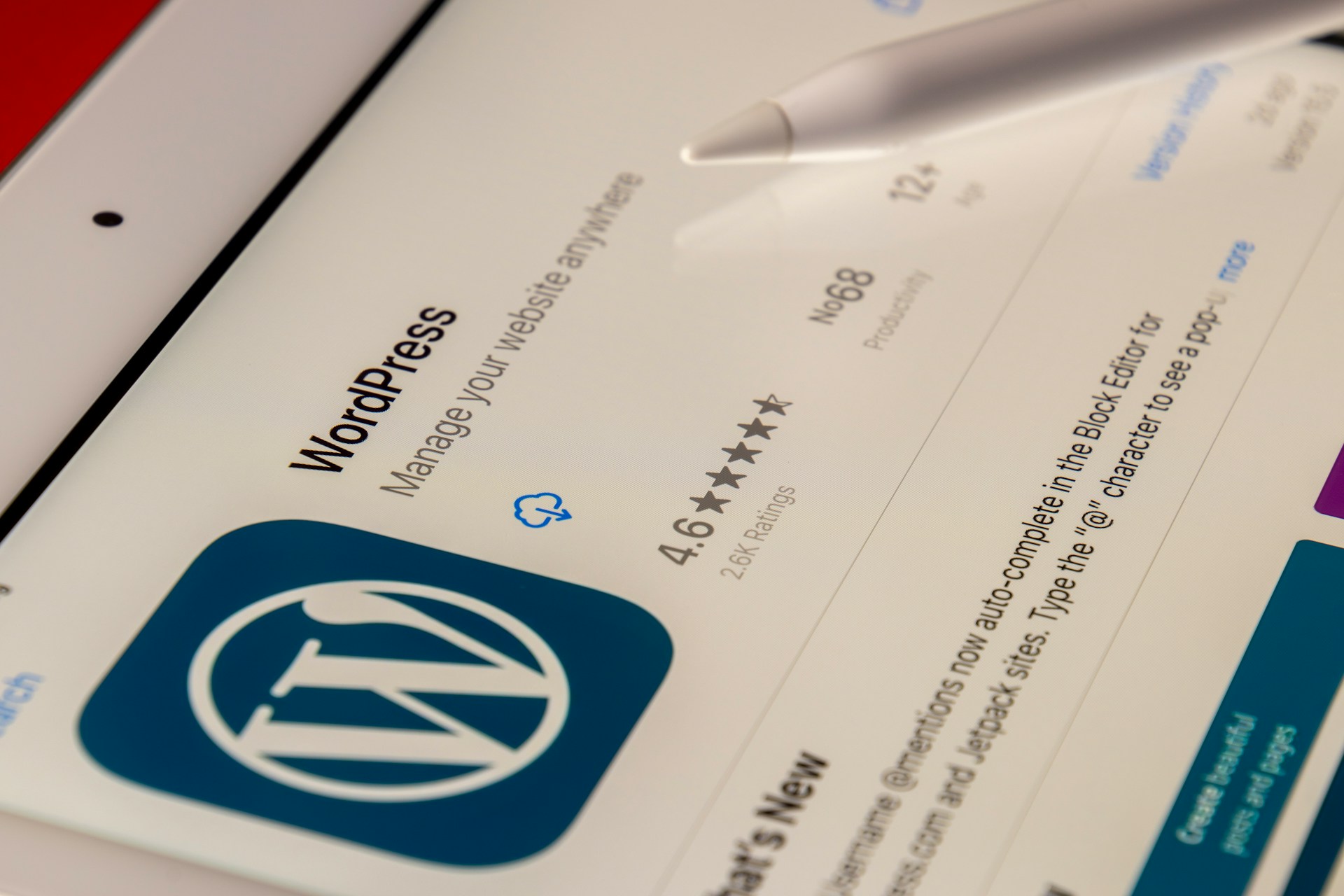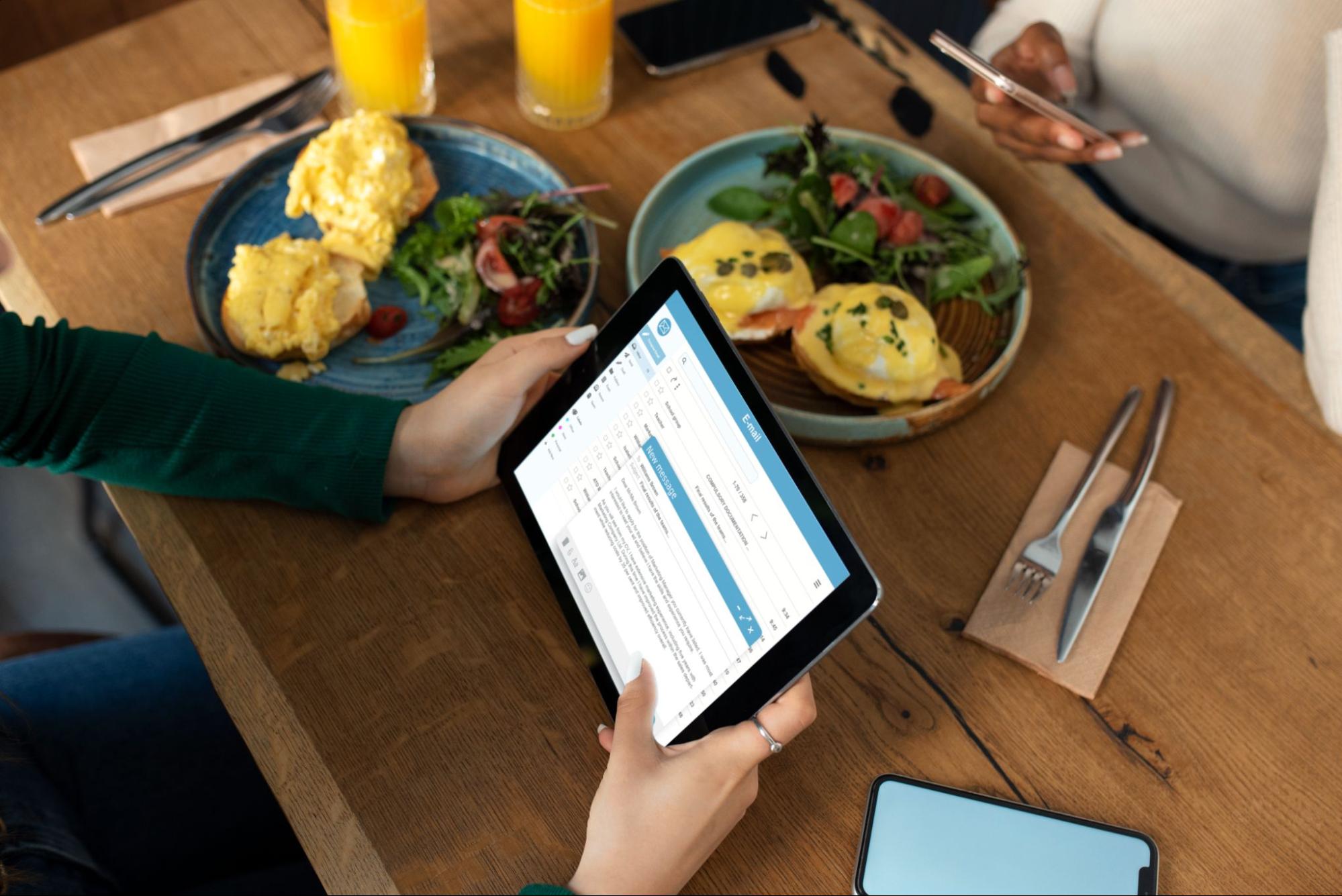How to Place Value in Post-Purchase Communication to Build Customer Loyalty
Many businesses know about customer retention in theory but don’t necessarily adopt it. So much of the marketing efforts are put into customer acquisition that by the time customers have made a purchase, we don’t know what to do with them next. Without clear communications or targeted marketing, these previous customers drift away from your business—not reaching their full potential as loyal customers and advocates for your brand.
Quick Links
Working on your post-purchase communication is an easy way to continue the relationship between your customers and your brand, building on the previous marketing strategies taken to acquire them. It moves customers through the marketing funnel and can impact your content diversification to reduce churn and increase repeat purchases. But how to communicate with these customers and when can be more of a challenge that takes some learning.
What Is Post-purchase Communication?
After the customer purchases from your ecommerce store, any communication becomes a part of your post-purchase marketing. This may be through follow-up emails, detailing their purchase and delivery information or when they reach out to members of your customer support team. However, post-purchase communication isn’t limited to these areas, and by finding other opportunities to reach out to customers, you can build a relationship with them.
Along with building the relationship between your business and customers, post-purchase communication is essential in securing brand awareness and ensuring customers are satisfied with their purchases. It helps customers associate your brand with certain products or industries, so they return to you when they have other needs you can resolve. Likewise, this communication prevents them from regretting their choices and builds their excitement.
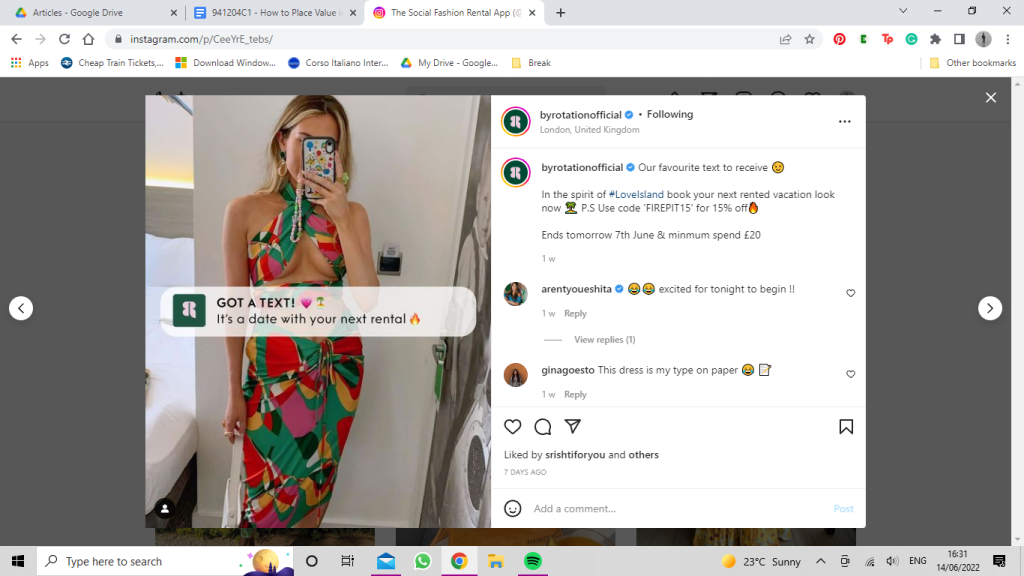
Placing Value in Your Post-Purchase Communication Effectively
Poorly planned post-purchase communications don’t necessarily add value to the customer journey or encourage them to return to your business. To avoid this and ensure your communications are effective, they need to follow a strategy and have a purpose. When creating your post-purchase communications, consider the following tips to give them value both for your business and the customer to help build their loyalty to your brand.
- Choose Your Channels
Depending on your customer base, there will be different communication channels that they prefer and are more likely to use. Finding and using these can lead to better engagement with customers. There’s no point putting all your effort into social media messaging if your customers don’t spend time there or would prefer using a video call online to have a conversation. You may also want to utilize multiple channels, recognizing the variety of customer preferences.
Some of the most common channels for businesses to use for post-purchase communications include emails, push notifications, and text messaging. However, this doesn’t mean they work for everyone. Ask your customers where they would prefer to receive communications from your business, even offering to use social media messaging. This verifies their communication details and permits you to reach them with marketing and promotional materials.
- Personalize
Like your marketing to acquire customers, your post-purchase communications should also be personalized. Using Amazon SageMaker or other customer tracking tools can collect data about the preferences of customers and adapt your communications to be relevant to these. Details such as customer names, birthdays, and product interests can inform the messages you send out and tailor your content according to what you know about the customer.
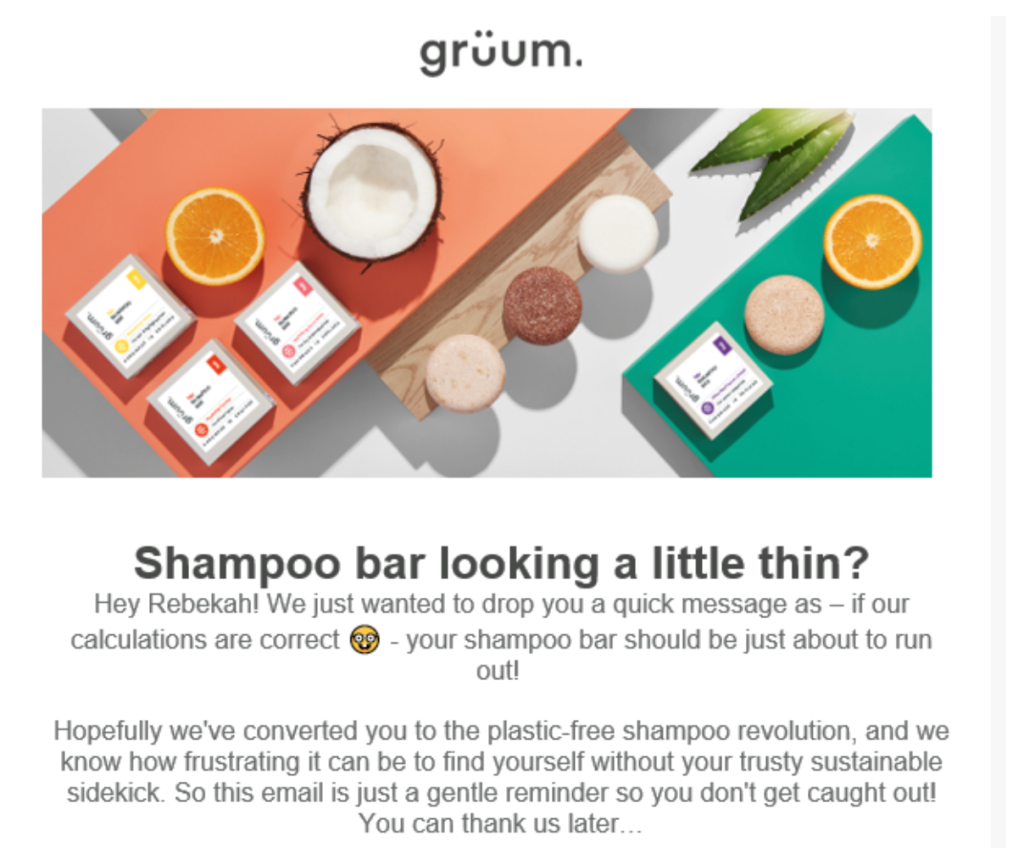
An easy way to personalize communications is by highlighting and celebrating milestones in the customer’s journey. It includes offering them birthday discounts, first anniversary offers or predicting when they may need to replace products bought from your store. Personalization in this way builds an individual relationship with the customer instead of sending them generic communications which may not apply to their situation.
- Provide Updates and Recommendations
Once a purchase has been made, customers like to know what’s going on with their order. Updating them on progress, such as when the order has reached your system or is out for delivery, reassures customers of your process and involves them in tracking the order. It’s also an opportunity to build your business’s relationship with the customer without being overbearing, encouraging them to engage with your other channels while they anticipate their order arrival.
Providing customers with recommendations can act as part of your digital marketing and show initiative in anticipating their needs. It also expands the customer’s awareness of your products, introducing them to other ranges or options they may not have known. Upselling and cross-selling techniques can provide customers with relevant recommendations to combine with other products or upgrade the products already in their cart.
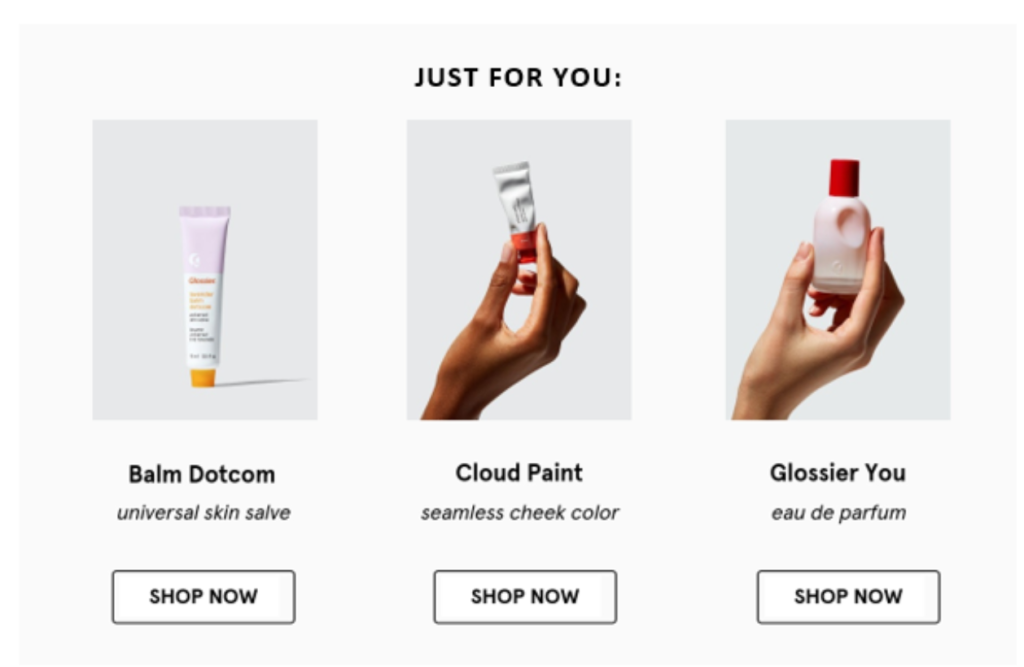
- Share Content
Post-purchase communication should tie in with your other marketing strategies, and a simple way of doing this is by sharing your content. This directs customers to your blog posts, videos, live streams, podcasts, and other content platforms to further engage with your business. Sharing your content presents your business as unified to customers, linking across channels and showing how the areas of your business work together to create one experience.
By using customer segmentation, you can direct different groups of customers to content that’s relevant to their needs. For example, customers recently purchasing your products may value a tutorial or live stream using screen share software to explain how to use it. Alternatively, other customers who viewed your sustainability range may be interested in other blog posts you share on that topic. This makes your post-purchase communications more valuable to customers.
- Build an Online Community
To create loyal customers who advocate for your brand, they need to feel valued and like they’re a part of your business. Building an online community can bring together like-minded customers to support and encourage one another as well as give them additional access to your business. This can also work in a B2B customer setting, swapping business tips, promoting your events, and sharing resources like small business contract templates or training tools.
Various online platforms may lend themselves to this purpose for your business, depending on your customers. It’s best to build a community page or space where your customers are already congregating, making it easier for you to direct and group them there. Also, the products you sell and your type of business may affect the style of community space you want to build, looking for something based on live videos, comments, or posts.
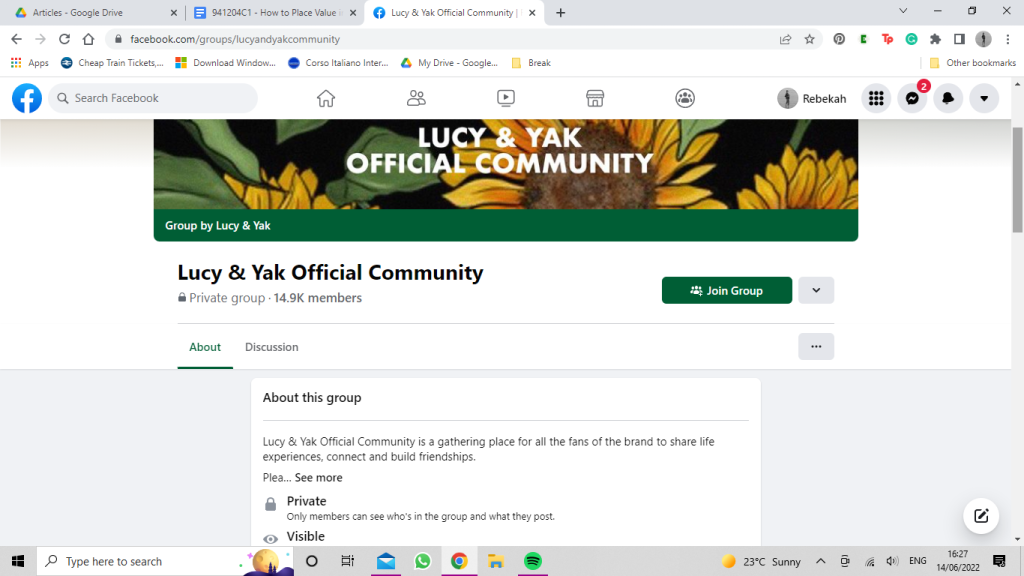
- Offer Customer Support
Inevitably, at some point, a customer will have an issue or question for your business to resolve. Providing customers with information about your support services through your post-purchase communications directs them to your team and helps minimize their pain point. Giving high-quality assistance and following first call resolution tips can make an impression on your customers, building your relationship and boosting their loyalty to your brand.
Even so, customers approach your business through many channels when seeking support. You need to be prepared to offer omnichannel customer support, not only responding to and managing customer queries on a range of platforms, but also tracking the responses across them all. This creates a smooth customer experience by reducing the opportunity for miscommunication as a customer changes channels or speaks to new team members.
- Start a Loyalty Program
One of the most common ways of retaining customers is by creating a loyalty program. These can come in various forms and styles depending on your business and what rewards your customers would value. For example, this could be using a virtual stamp card, offering the fifth purchase as discounted or free. On the other hand, you may enter customers into regular competitions or create a program that integrates with your existing affiliate marketing strategy.
This continues to engage your customers in your products and business, encouraging them to make more purchases and refer their friends. Communication regarding the loyalty program can add value to their lives, offering them something they don’t already have while you can keep targeting them with your marketing and promotions. Loyalty programs help customers to understand why they should continue to interact with your brand and build a relationship.
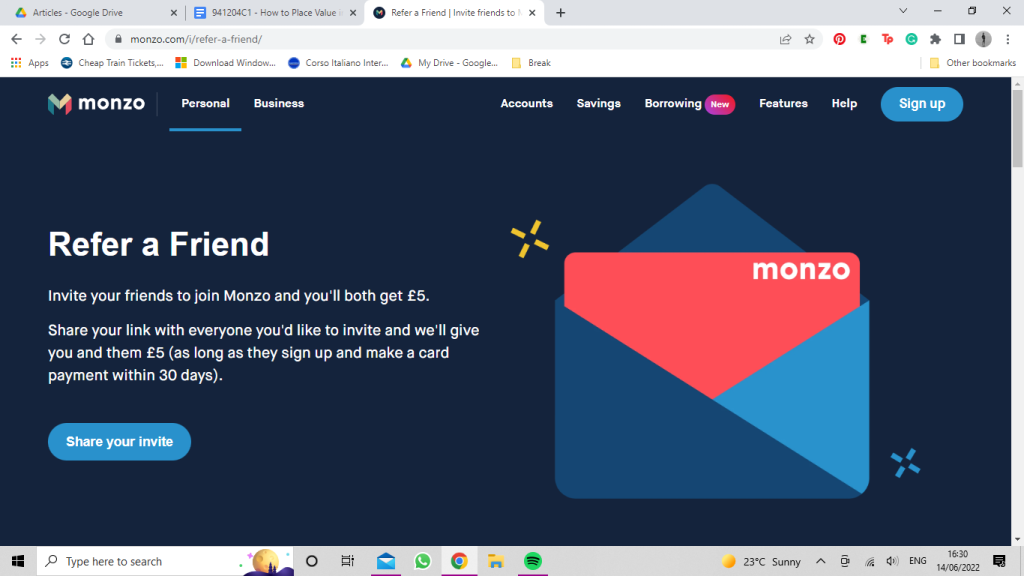
Build Customer Loyalty with Post-Purchase Communication
Continuing to engage your customers after they’ve made an initial purchase can help build your customer base without having to restart the process of acquiring new customers again. Instead, your business keeps in contact with those customers and directs them to other channels with content and information that’s valuable to them. It also helps to build your business reputation, showing attention to your customers and providing them with constant support.
Reflect on your customer base and identify what post-purchase communications would be most valued to them. Also, consider your channels for customer service and community pages and how you use them, working to develop these spaces to better provide for your customers. Building customer loyalty takes time, but it will grow with the persistent effort to interact with customers and make them feel like a part of your business.
Author Bio: Jessica Day – Senior Director, Marketing Strategy, Dialpad

Jessica Day is the Senior Director for Marketing Strategy at Dialpad, a modern small business call center platform that takes every kind of conversation to the next level—turning conversations into opportunities. Jessica is an expert in collaborating with multifunctional teams to execute and optimize marketing efforts, for both company and client campaigns. Jessica Day also published articles for domains such as Stefanini and Women Love Tech. Here is her LinkedIn.
Why is Personalisation the Future of Web Development Services?
At present, custom web development is essential to ensure the success of a business concern. A…
0 Comments9 Minutes
Top Reasons to Hire WordPress Developers for Custom Website Solutions
Today, no business can possibly thrive in the digital realm without a strong online presence. An…
0 Comments13 Minutes
Why Link Building Remains a Key Pillar of Successful SEO
Why do some websites always pop up first on Google while others seem impossible to find? The…
0 Comments6 Minutes
Essential Features to Look for in an Enterprise AI Chatbot Platform
A prime of modern businesses and organizations in the rapidly growing digital environment is to…
0 Comments6 Minutes
Why Influencer Marketing is the Secret Weapon Your Brand Needs Right Now
Developing a solid relationship with your audience is more crucial than ever in the modern digital…
0 Comments7 Minutes
Keyword research tools for eCommerce to drive conversions
Why do some online stores seem to effortlessly attract customers while others struggle to get…
0 Comments13 Minutes
Key Trends in Local SEO: What Businesses Need to Focus on in 2025
What if your website gets lost in the digital noise? What if it fails to reach your target…
0 Comments9 Minutes
How a Restaurant Marketing Agency Can Transform Your Business
Food is the most important thing that helps a restaurant build its reputation. Apart from food, a…
0 Comments6 Minutes


